SKL is reader supported. When you buy through links on our site, we may earn affiliate commission. Learn more here.
Looking for some sustainable steps to take as a parent to help out our planet Earth? While we wholeheartedly agree that the massive companies who are responsible for over 70% of all emissions need to do the most work, we do like to also encourage our community to get their hands dirty as well in their own circles. Nothing feels better than doing the work that benefits our family, our planet, and ourselves.
7 Ways Parents Can Save the Earth From Home

You’ve watched the news.
You’ve seen the climate strike videos.
You’ve often wondered what the future holds for your children.
What can we do? How can we help?
Don’t worry, Mom and Pops. I got you covered. Here are a few tips and tricks to becoming a much more sustainable family!
1. Raise Good Humans.
I am going to start this off with the most obvious one: Raising compassionate, healthy, well-rounded, confident, and educated children.
This is one of the most amazing (and fun!) ways that we can change the World for the better. The World needs those who will fight for her, who will protect her, and who will live out their lives as honest, caring, and mindful human beings.
I would like you to imagine a world where everyone was mindful, intentional, and educated. Stop and think about that for just a moment. Could you imagine?
We have the ability to plant that seed in our own children.
2. Increasing your Intake of Plant Foods and Decreasing Processed Food/Meat/Dairy.
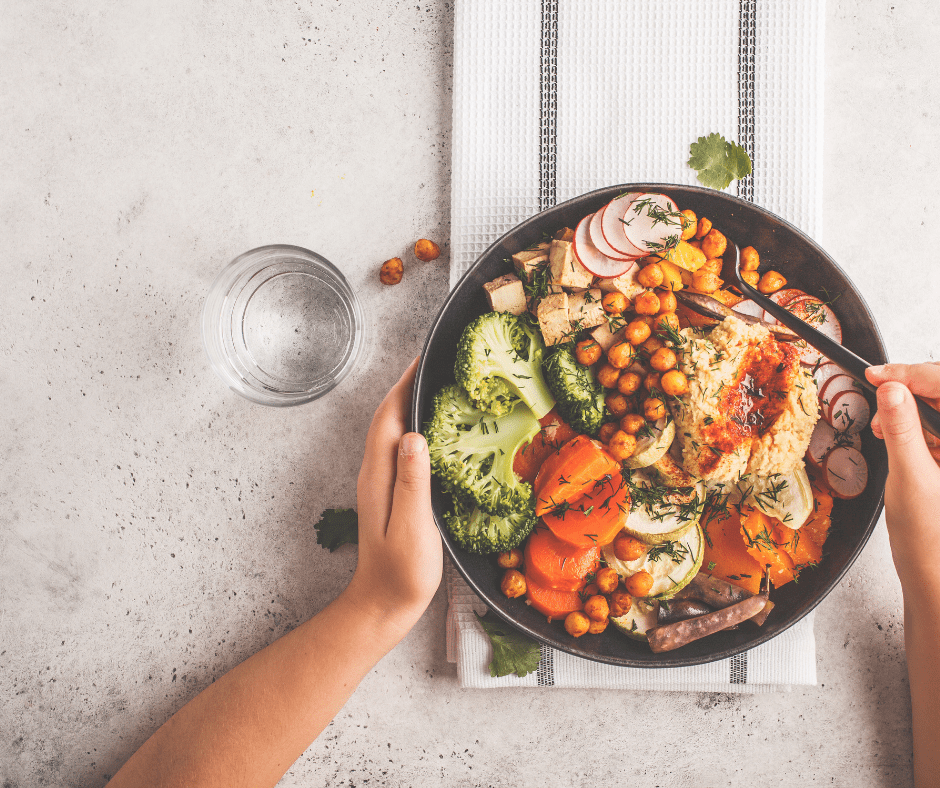
“Globally, animal agriculture is responsible for more greenhouse gases than all the world’s transportation systems combined. According to the United Nations, a global shift toward a vegan diet is necessary to combat the worst effects of climate change.”
For the full breakdown of how animal agriculture is destroying our planet, click here
But…wait…why not just say, Go Vegan?
The term “Vegan” does not insist on a plate consisting of fresh fruits, vegetables, grains, legumes, seeds, and nuts. A Vegan diet can very well be a package of Oreos and a sugary drink to take it all down. I want to insist that we fill our plates with the best and I will insist on this by spelling it out clearly: Increasing our Intake of Plant Foods and Decreasing our Intake of Processed Foods/Meats/Dairy.
Another reason that I dig this wording is that the term “Vegan” can turn people off. Many run the other way. By giving some leeway there, you can offer those who see this as “extremely restrictive” a simple “Increase to Decrease” ratio.
3. Wash Clothes Correctly.
Check out our 5 tips for an eco-friendly laundry room here!
Did you know that the majority of folks wash their clothes at the wrong temperature, wash far too often and release micro-plastic into the Oceans? Yikes!
I was guilty of all three for the majority of my adult life. I had no idea how to actually wash clothes, I just hit the cotton button and walked away without even thinking!
So first things first: Are you washing too much??
I was guilty of this. Sometimes I still am.
Washing clothes in the washer is not an easy task. It takes a LOT of water, detergent, and energy. Now I want you to think about this each time you toss in that tank top that you only wore once or that shirt that your kid touched with dirty hands. Do you NEED to wash that?
Can you spot clean?
I adopted spot cleaning 6 months ago and it has saved my sanity. No more washing loads of laundry for a silly stain. Spot clean it! By spot-washing and re-wearing your garments, you create less wear and tear on your clothes and the environment.
For Jeans: It is ALWAYS best to wash your jeans as little as possible. Levi’s specifically states not to wash EVER .
If it’s a little stain, I’ll just take a wet towel to it and it’s gone in a poof. For bigger stains, check out this helpful blog post on spot cleaning
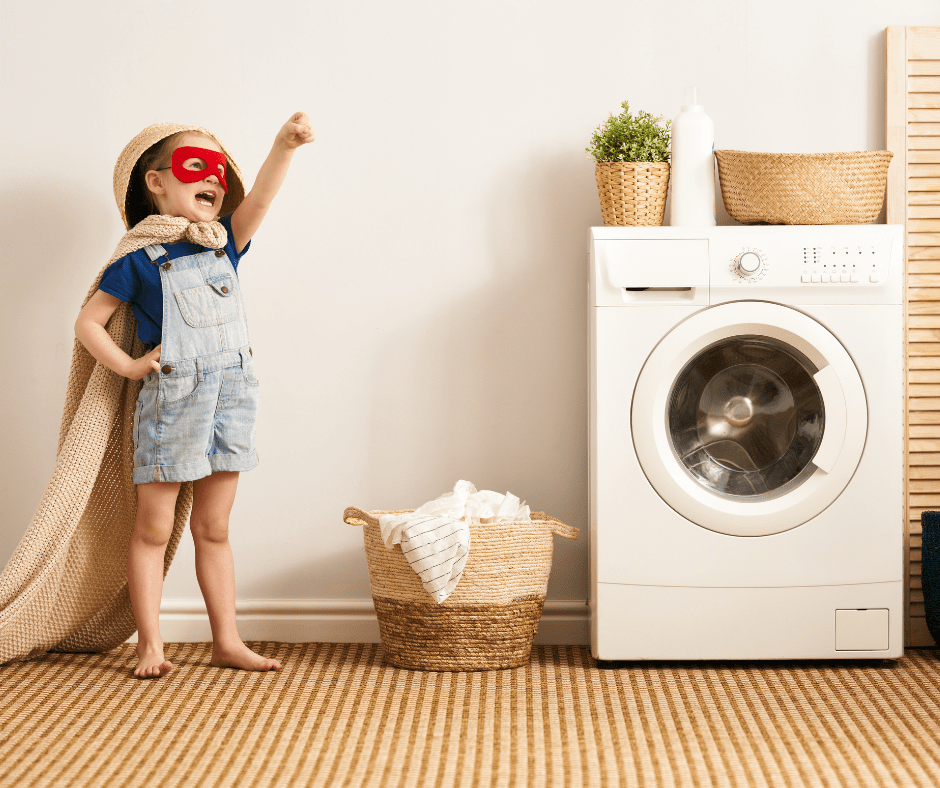
Alright, so the clothing is super dirty. Let’s talk temperature:
My washing machine is automatically set for a washing cycle of 60 degrees C / 140 degrees F on cotton, 40 degrees C / 105 degrees F on delicate and a whopping 90 degrees C / 200 degrees F on baby protect. Do you know which one of these is correct?
Not. A. Single. One.
Cotton should wash at 30 degrees C / 90 degrees F.
Delicates at 30 degrees C / 90 degrees F.
Sanitize can be done safely at 60 degrees C / 140 degrees F.
The majority of clothes are meant to be washed at 30 degrees C / 90 degrees F.
Anything higher and you run a very big risk of destroying them. Washing in cold water can remove many stains from clothing, including grass on your kid’s jeans or makeup smudges on a sweater; Blood and sweat can actually set into fabric in hot water. Hot water also tends to shrink, fade, and wrinkle certain fabrics.
For synthetic fibers like spandex, nylon, polyester, and rayon blends (and knits), stick with 40 degrees C / 105 degrees F.
If I am washing my cloth diapers, I will stick to 60 degrees C / 140 degrees F. I have used 90 degrees C / 200 degrees F once during a stomach flu outbreak.
When in doubt. check the label!
We got the temperature down, now what about those microplastics??
All those synthetic fibers that lie within our yoga pants, stretchy pants, Zara tank top, and H&M undies are full of plastic. In fact, they are MADE of plastic.
Many of our clothes contain plastics like polyester, nylon, acrylic, and blends. 64% of ALL NEW CLOTHES are made of plastic.
Every time we wash these synthetic materials they shed millions of plastic microfibres.
These little guys are so tiny that they can drain right out of our washing machines and pass through wastewater treatment plants and into the Ocean. Sea creatures eat these fibers and they are passed right up to the food chain to us.
It’s important to understand that it’s not just the “naughty” brands who use these fibers; many sustainable and ethical brands are creating clothing from recycled plastic water bottles to help protect the environment. The key to helping them fight the good fight and to fight against the companies who continuously create NEW plastic is to WASH SMARTER.
There are two options that I like: The Guppyfriend bag (just place your synthetic fibers into this bag, wash and dispose of properly) OR this Cora Washing Ball that takes no work whatsoever (just toss into the wash!)
Voila, you are now an eco-conscious washing machine! (Get it? haha)
4. Line Dry.
You knew it was coming. You have heard this many times before I’m sure but you keep ignoring it because it sounds absolutely horrid.
I’m going to tell you again anyway.
The dryer needs to simmer down. I have so many people telling me I’m crazy for not owning a dryer and then they turn around and tumble dry their clothes and leave them on their couch for like a week before even noticing them…..and I’m crazy? 80% of American households have a tumble dryer, whereas less than half of European households own one. Is there a difference?
Only in mindset.
When I found out that Martin didn’t own a dryer, I was confused. Did he go to a place to dry his clothes? Surely this is madness.
Martin taught me how to line dry (well he actually taught me incorrectly but he planted a seed haha).
When I had my twins, I had my family in America beg me to let them send me a tumble dryer. “How will you survive?!” was a constant message that I received. I laugh so hard at this today, but I was also scared….”How WOULD I survive this madness?!”
So, it’s a lot easier than you think. Plus, my clothes are never wrinkly and they all look just as good as the day I bought them.
Here is a quick list of why you should at least TRY to line dry:
- Air-drying your clothes can reduce the average household’s carbon footprint by a whopping 2,400 pounds a year.
- The sun is the BEST way to get stains out of clothes.
- The sun’s rays are a natural way to sanitize your clothing.
- Save money on those energy bills!
- Save time: This is the top one for me. So many folks think that line drying is time-consuming, but waiting around for your tumble dryer to finish up and then fold before it gets wrinkly is time-consuming in my opinion. With air drying, those clothes can stay there for as long as you very well please and they will be wrinkle-free!
- The lint you find in your dryer is evidence of your wardrobe wearing away. Conserve your clothing and line dry baby.
- Safety: Dryers can catch on fire (15,000 house fires every year). Line drying? Not much of a chance.
5. Cloth Diaper, Compost Diaper, or A Mix of Both.
In the US alone, 20 BILLION diapers are thrown into landfill each year. One disposable diaper can take over 500 years to decompose and this does not take into consideration the plastic bags that hold the soiled diapers in. It’s a completely toxic disaster.
Over 90% of children are diapered with disposable diapers. These diapers are said to be the 3rd largest consumer item in landfills and represent 30% of non-biodegradable waste. This is a HUGE issue.
Not only are disposable diapers toxic to our environment, but they are toxic to our children. All disposable diapers contain Sodium Polyacrylate; this is the gel that keeps the baby dry and soaks in all of the wetness. These gel beads are toxic, poisonous, and very dangerous. You can read more about this here.
It’s time to put our fears aside, let go of the ridiculous mindset that cloth diapers are only for a “certain” type of Mama, and just do it.
Listen…all kids poop. All kids piss and poop. It’s a part of life. You can either wrap that poop in a toxic tomb and dump it with 20 billion others OR you can flush that crap (literally) down the toilet where it belongs, rinse the diaper with a toilet hose and wash it. It’s really that simple. Can you tell I’m a bit fed up with the diaper discussion?
6. Swap Plastic for Better Alternatives.
Time for a new toothbrush? Choose Bamboo.
Looking for a new foundation or bronzer? Choose an all-natural, zero-waste makeup line.
Kitchen sponge looking ratty? Swap for a bamboo scrub, reusable sponges, or bristle brush.
Did Ziplock bags run out? Get reusable silicone bags and never run out again.
All out of shampoo? Use zero-waste shampoo options and never toss out another shampoo, conditioner, lotion, or face wash bottle again.
You can make a BETTER swap every single time an item reaches the end of its lifespan. Do not just go out and buy all new things and toss out perfectly good plasticware…let it run its course and swap once it is time. The journey is fun, it’s exciting, it’s liberating and gosh…it’s pretty too (p.s. I linked all of the products that we actually use in our own home).
7. Stop Buying Crap.
Step away from the clearance bin. Delete all of those fast fashion shops from your online bookmarks. Unsubscribe from all of those pesky marketing e-mails that seem to always draw you in with a “Must-Have” or “Limited Time Only” bullshit scheme.
Stay away from department stores for a while (or for good) and head to your nearest second-hand shop when you need something.
Figure out WHY you “need” to shop so badly. Find your triggers.
As a recovering shopaholic, I beg you to stop. Save the money for emergencies, family trips, to support a truly GOOD company, rainy days, or for your child’s future.
This was your guide to sustainable steps parents can take to help the Earth.
There you have it! A short but mighty list of ways we, as parents, can help to protect our Earth. We could have really gone on forever with this list – adding in gardening, weather appreciation, education, activism, and so much more. However, we wanted to start simple and attainable. I truly believe once we can implement at least one of these from the list above, then the rest of the steps come a lot easier for us. One step at a time. We do not need to do it all.
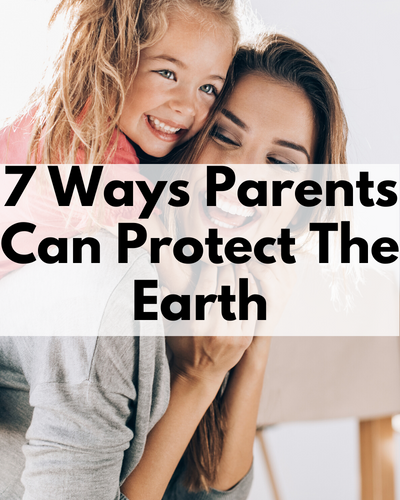
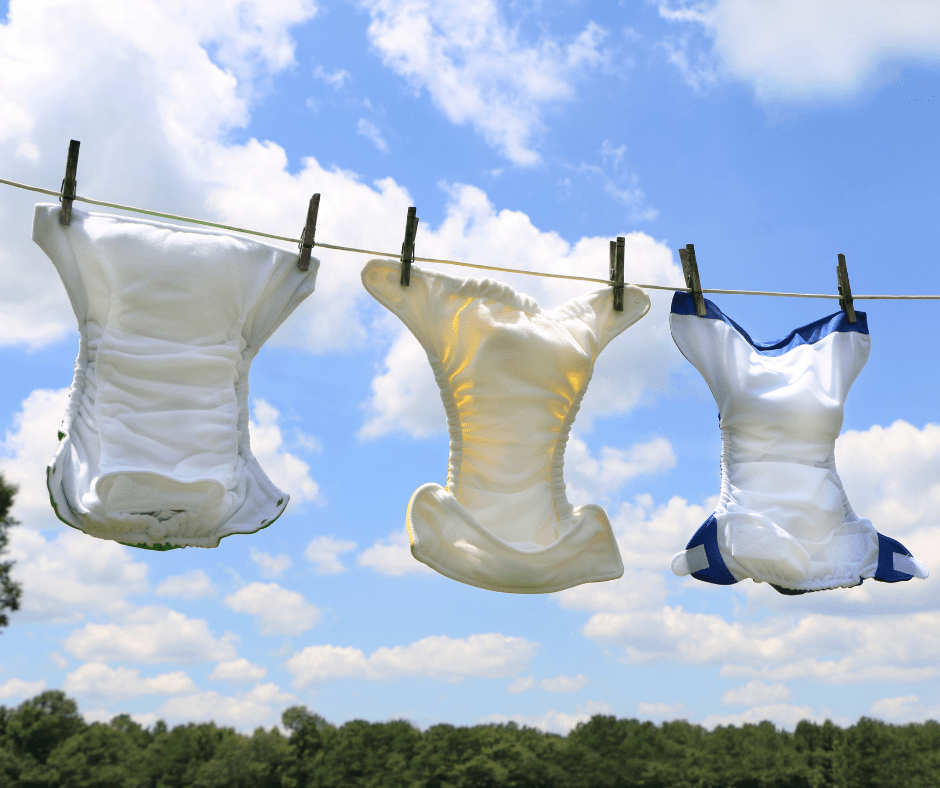
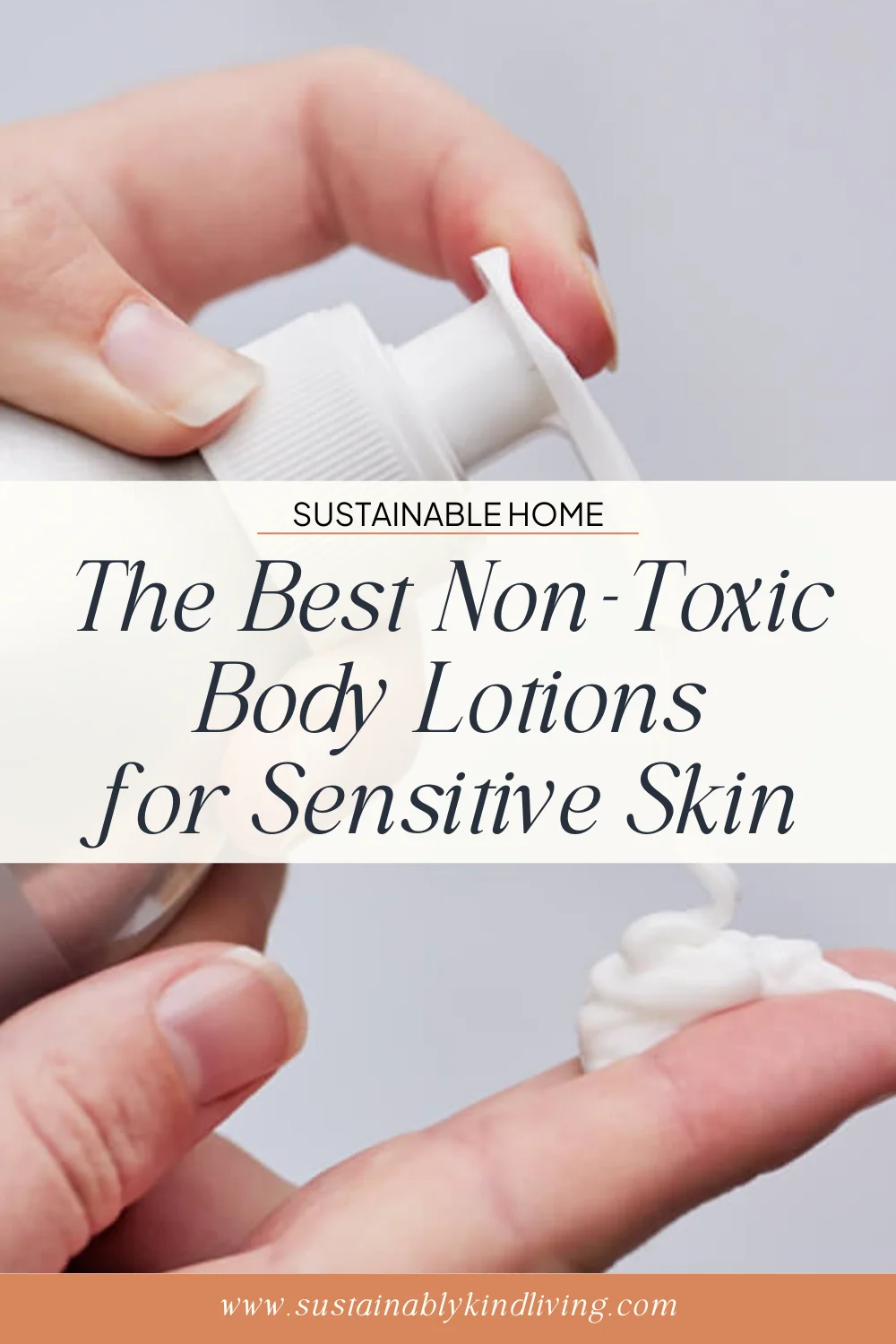

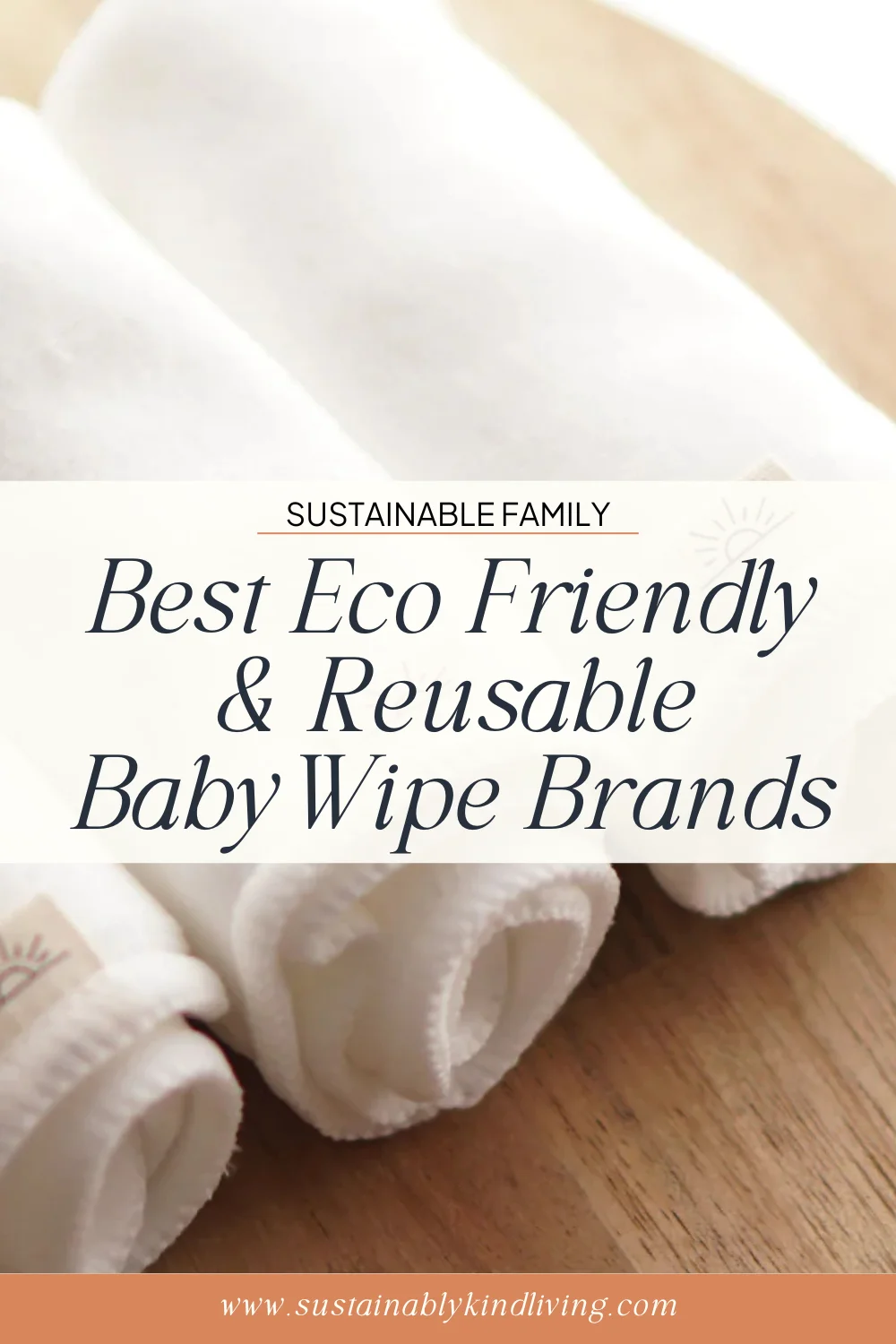

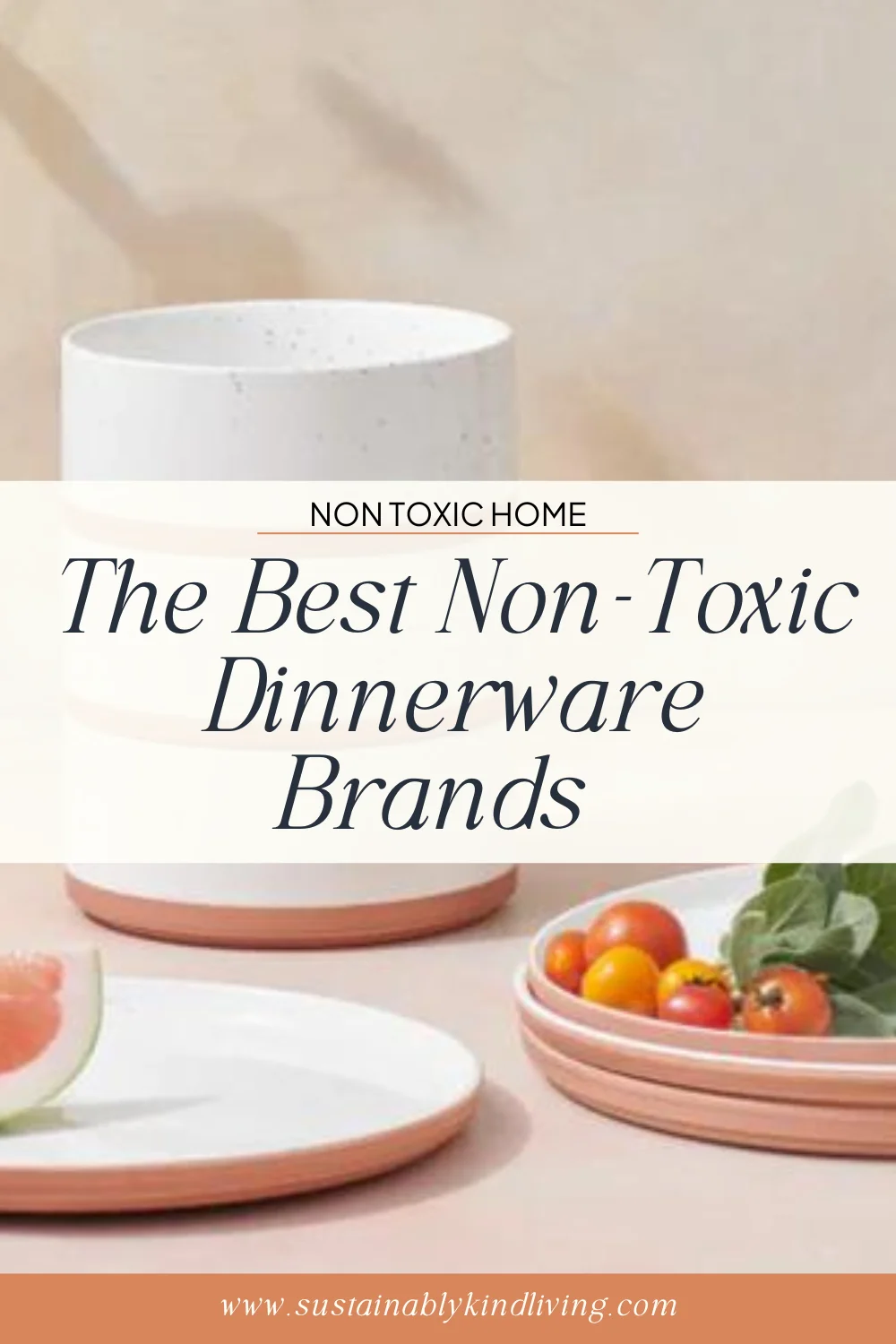
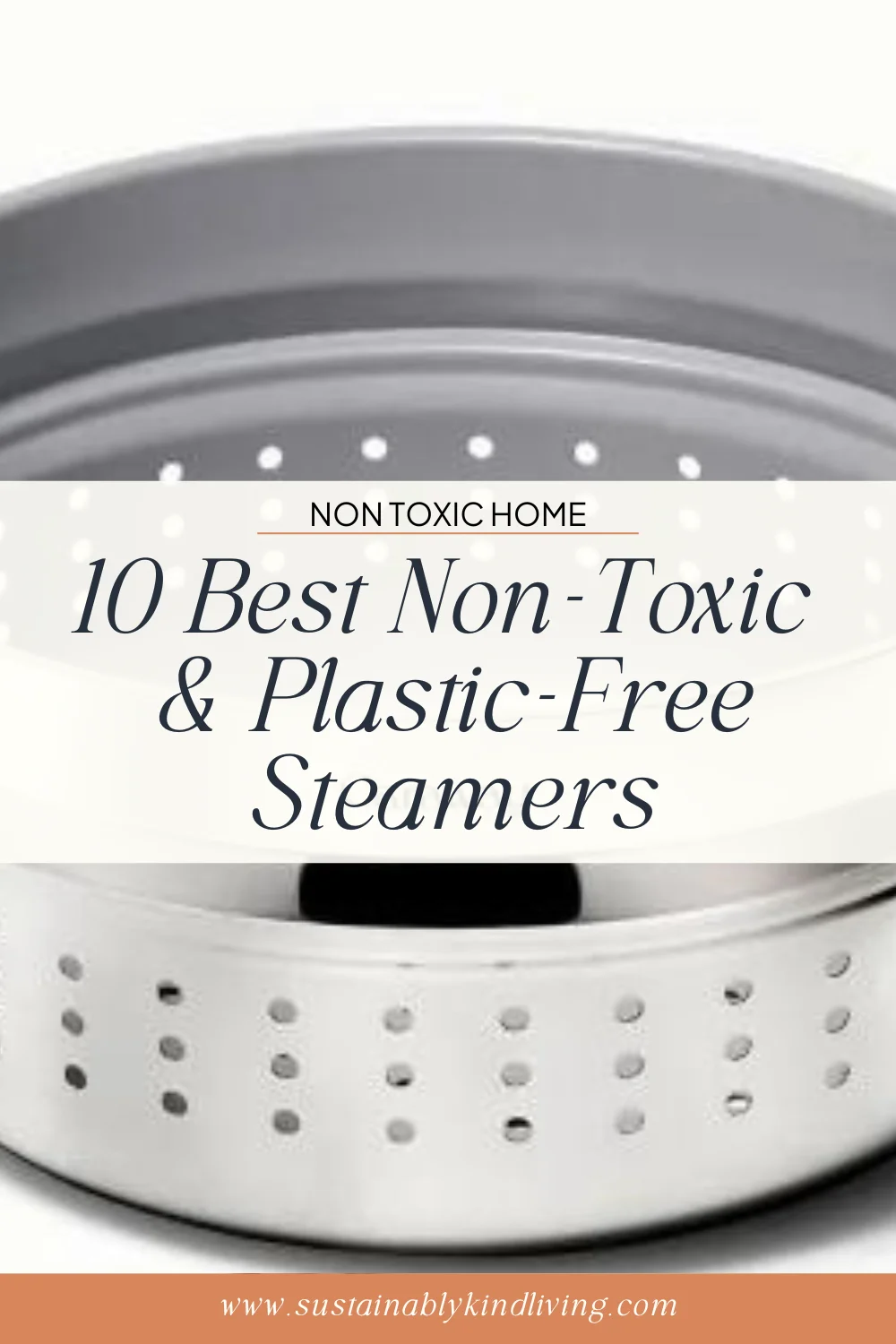

+ show Comments
- Hide Comments
add a comment